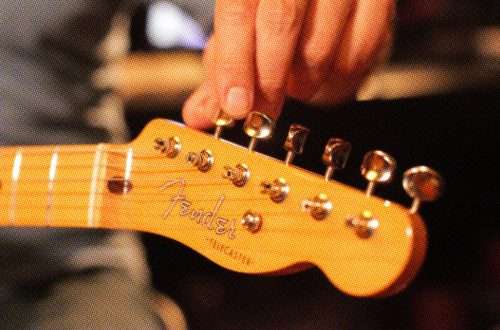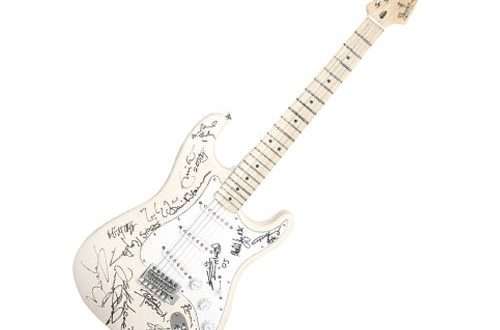Letter designation of notes
The letter designation of notes historically arose earlier than their recording on rulers; and now musicians write down notes in letters, only now with the help of letter notation it is possible to record not only sounds, but also entire musical systems – chords, keys, modes.
Initially, the Greek alphabet was used to write notes, later they began to write notes in Latin letters. Here are the letters that correspond to the main seven sounds:
To indicate sharps and flats, the following endings were added to letters: is [is] for sharps and is [эс] for flats (for example, ). If you don’t yet know what sharps and flats are, then read the article “Alteration Signs”.
Only for one sound – si-flat – an exception has been established to this rule; the letter is used to denote it b without any endings, while the sound is called according to the rule, that is. Another feature concerns the designation of sounds – they are not designated simply, that is, the second vowel is shortened, while the sounds E-sharp and A-sharp will be written according to the rule, that is
Any professional musician knows this notation system and uses it every day. The designation of notes by letters in jazz and pop music has its own characteristics.
The letter designation of notes in jazz is a little simplified compared to the system that we examined. The first difference is that the letter h is not used at all, the sound B is indicated by the letter b (and not just B-flat). The second difference is that no endings are added to indicate sharps and flats, but simply a sharp or flat sign is placed next to the letter.
So now you know how to write notes in letters. In the following articles you will learn about the letter designation of keys and chords. Subscribe to updates so you don’t miss these articles. And now, as always, I suggest you listen to good music. Today it will be the music of the French composer Camille Saint-Saens.
C. Saint-Saens “Carnival of Animals” – “Aquarium”



